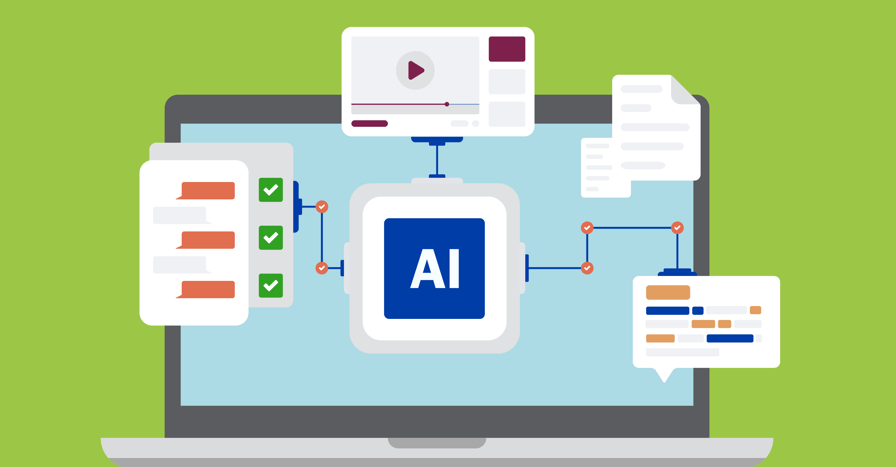One-size-fits-all training inherently carries risk—that’s commonly understood. But in high-stakes sectors where job roles can differ dramatically even within the same site, the one-size-fits-all approach fails to address the unique competencies required for safe and efficient performance. According to McKinsey & Company, organizations that adopt role-specific training frameworks are 32% more likely to achieve their safety and compliance goals (McKinsey, 2022).
Consider the operational reality on an offshore oil platform compared to a utility substation. The oil technician must navigate explosive atmospheres and confined space protocols, whereas a utility technician is more focused on electrical load balancing and substation safety checks. Training both using the same compliance module not only disengages learners but can also leave critical safety knowledge unaddressed. This disconnect between training content and in-field reality is more than a mismatch—it’s a breeding ground for potential accidents.
A 2021 Bureau of Safety and Environmental Enforcement (BSEE) report found that 22% of offshore incidents were tied directly to inadequate, non-specific training (BSEE Annual Report, 2021). The report highlights a failure to prepare workers for real-world challenges as a systemic flaw that can be corrected only by aligning and personalizing training paths to job-specific risks and responsibilities.
Furthermore, employee engagement data from Gallup (2020) indicates that personalized training can increase engagement by over 40%, which correlates strongly with improved retention and safety behaviors. Workers who see the relevance of their training are not only more likely to absorb the material—they’re also more likely to apply it.
Takeaway
Move beyond check-box training.
Introduce adaptive learning pathways based on actual roles and responsibilities. Scrutinize existing training for gaps between job requirements and training content, and prioritize those gaps for redesign and rework. Make sure you have adaptive, AI-powered technology in the mix to orchestrate personalized needs at any particular moment, reinforcing job readiness. This removes redundancy and creates measurable results.
